One Conservancy Science
2024 Impact Report


Message from a TNC Global Board Member
Dear Friends,
2024 was a fantastic year for science at TNC. Now in its second year, the One Conservancy Science Program (OCSP) continues to expand its reach, strengthening our science and increasing its visibility both within TNC and beyond.
I was honored to be invited to chair TNC’s first-ever Council of External Science Advisors. This distinguished group of experts, spanning a range of disciplines, geographies and sectors, will provide the independent, high-level guidance that ensures our science remains at the forefront of innovation. Their insights will help shape the next phase of our science program and serve as an essential resource for our science leadership and staff worldwide.
The year culminated in the One Conservancy Science Gathering in November, which I had the pleasure of attending along with my fellow Global Board Member Kent Thiry and our Board Chair, Senator Bill Frist. To me, the gathering exemplified the best of science at TNC: collaborative, interdisciplinary, diverse, innovative and, above all, driven by passion. I especially enjoyed hearing about our conservation successes and listening to our scientists grapple with decisions about how to move forward. I even met a much-esteemed colleague who I was surprised and excited to learn is now part of the TNC science family. It was a unique opportunity to witness and help amplify the growing reach and scale of our science teams around the world. I think we all left collectively more excited about science than ever!
This 2024 annual report highlights many of the remarkable achievements of TNC’s scientists and partners as we work toward our 2030 goals. Yet, as the gathering demonstrated, this is only a glimpse of the incredible science work happening across TNC worldwide.
To all our scientists and science staff—thank you for your dedication, innovation and impact.
Sincerely,
Nancy Knowlton, TNC Global Board Member, Sant Chair in Marine Science Emerita, Smithsonian National Museum of Natural History
One Conservancy Science Program: By the Numbers
We provide the connectivity, training, resources and support needed to deliver state-of-the-art science to accelerate progress toward our 2030 goals.
-
1,000
Science staff from 60 fields
-
374
2024 publications authored or co-authored by TNC staff
-
1.65M+
$ delivered by One Conservancy Science Program to business units
-
800+
# of participants in OCSP programming
-
105
# of business units directly served by OCSP
-
18,549
# of downloads from TNC journal e-collection

Letter from the Chief Scientist
Dear Colleagues,
TNC’s One Conservancy Science Program (OCSP) is only two years old, and it’s already delivering on its mission: connecting 1,000 scientists and science staff across the globe to optimize science and innovation, amplifying research impact and building capacity to accelerate us toward our 2030 goals.
2024 was a year of many milestones. We launched a program to amplify the voices of science staff in low- and middle-income countries, piloted three Science Coda Teams and established a new Council of External Science Advisors. We provided access to more than 24,000 journals, created a new internal knowledge bank and kicked off TNC Science on LinkedIn. But the highlight of the year was the One Conservancy Science Gathering in November 2024: OCSP in action, brought to life.
The gathering underscored the profound impact of science on conservation and climate strategies both within TNC and across the many peer institutions that attended. What resonated most, though, was the recurring theme of love. From our opening plenary speakers, Kyle Whyte and Xiye Bastida, to the closing award ceremony, speaker after speaker—science staff and leadership alike—shared how love powers all our work: love of place, love of people and love of nature. By connecting their head, heart and hands, scientists can transform knowledge into meaningful solutions to the world's most pressing problems.
Stay connected by signing up for our monthly newsletter!
Katharine Hayhoe, Chief Scientist
The One Conservancy Science Gathering (OCSG) took place from November 11 - 15, 2024, in Mexico City. This event brought together TNC science and conservation practitioners from around the world for a week packed with cutting-edge science, networking, professional development and cultural exchanges.
OCSG by the numbers:
- Welcomed 508 participants: 464 attended in person, and 44 joined virtually.
- USD 192,336 in stipends were awarded to 56 participants from 23 countries and territories to support their travel and participation.
- Represented global participants: 32 countries, 75 business units and nearly three dozen peer conservation, environmental, academic and research institutions.
- Invested in new leaders: 38% of attendees were early-career-stage scientists, and 53% were mid-career.
- Provided a platform: Over half of the in-person attendees had a presenting role—that’s more than 230 speakers!
- Included a packed agenda: 42 working sessions, 120 science talks, 19 digital posters, 18 lightning talks and 11 science capacity sessions.
- Demonstrated a true team effort: 100 staff across 10 working groups volunteered their time to planning and executing the event, from science content, review panels and professional development to social activities, logistics and AV, on-site registration and more.
The spirit of One Conservancy Science was on full display throughout the week, demonstrating the power of collaboration, knowledge-sharing and innovation in advancing our global conservation goals. 95% of attendees reported making new connections at the event.
Quote
Thank you so much for bringing us together and promoting such a kind, collaborative and useful gathering. Every session and talk had a beautiful balance of strong science and usefulness for practical application and needs of partners. An amazing week.

Quote: Max Lambert
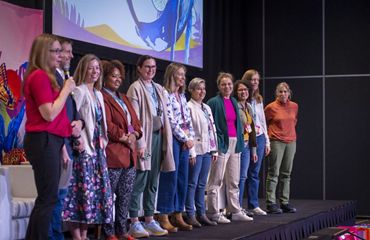
Love and feelings are not typically associated with science or scientists. But I deeply appreciated the (One Conservancy Science) gathering with TNC scientists from around the world where LOVE was a message echoed throughout so many conversations.”
We Can’t Save Nature Without You
Sign up to receive regular updates from The Nature Conservancy.

Learn more about TNC's goals
Our work aids in meeting the 2030 goals

Tackling Carbon Emissions
Improving Reforestation Practices to Reduce Emissions
Natural climate solutions (NCS) sequester carbon and reduce emissions through natural processes. In addition to their climate benefits, they can also benefit biodiversity and human well-being.
One promising NCS for capturing carbon from the atmosphere is restoring tree cover, but reforestation comes with a challenge: its impact on albedo, the amount of sunlight reflected from the Earth’s surface. Trees typically absorb more sunlight than the land they replace, especially in semi-arid or snowy regions. This can offset the cooling benefit of their carbon storage. To address this issue, a research team including TNC scientists developed the first global albedo maps. These maps help decision-makers identify reforestation areas with the greatest net cooling potential.
Similarly, while strategic reforestation can significantly mitigate climate change, it can be costly. To address this, another study by TNC scientists and collaborators evaluated the potential and cost-effectiveness of two reforestation methods: natural regeneration and tree planting (primarily for timber). Their analysis revealed that well-planned reforestation projects could deliver up to 10 times more low-cost carbon removal than previous IPCC estimates suggested. The resulting maps help countries choose the most cost-effective type of reforestation for a given location to more efficiently achieve their climate targets. With limited time and resources to avert catastrophic global warming, our advancing science and technology enable us to identify the locations and actions that yield the highest climate benefits per hectare of investment. This precision ensures global restoration efforts can be deployed as effectively as possible for climate mitigation.

Protecting our Ocean
Evaluating Marine Protected Areas to Improve Conservation Outcomes
The ocean supports incredibly diverse ecosystems that are vital for life and human well-being. Marine Protected Areas (MPAs) play a crucial role in conserving marine biodiversity, but the benefits for biodiversity and human well-being differ depending on the type of MPA.
This year, researchers conducted South Africa’s first national assessment of all 41 MPAs in the country using the MPA Guide assessment framework. They reviewed protection levels, expected conservation outcomes and progress toward national targets. Researchers found that all MPAs are at least Implemented, with 70% of the country’s total MPA area classified as Fully or Highly Protected. This highlights the strong potential of South Africa’s MPA network to deliver conservation benefits and demonstrates how using the MPA Guide can improve national investments in MPA quality beyond simply reporting the percentage of area protected.
Alongside MPAs, marine spatial planning (MSP) is central to ocean conservation. MSP is a science-based process that develops a blueprint for managing marine areas to account for biodiversity, the blue economy, climate adaptation, sustainable tourism, social justice, equity and more.
As a leader in MSP science and practice, TNC has developed new technologies, tools and strategies, including the Marxan Planning Platform (MaPP)—a decision-support tool for conservation planning across terrestrial, freshwater and marine systems. MaPP helps scale up participatory spatial planning to meet our 2030 goals by enabling stakeholders to align diverse interests and ensure equitable resource allocation. In Tanzania, MaPP is helping identify cost-effective ways to protect coral reef ecosystems while supporting the livelihoods of local fishing communities.
By combining MPAs with strategic marine planning, leveraging innovative tools like MaPP, and fostering inclusive, community-centered governance, we can strengthen marine ecosystem resilience and ensure equitable benefits for both nature and people.

Helping People
How Trees Help Communities Adapt to Climate Change
Extreme heat threatens communities worldwide, disproportionately affecting historically marginalized populations. Urban tree cover offers a powerful way to reduce these risks while offering numerous co-benefits for nature and people. Planting trees lowers summer temperatures, prevents heat-related illnesses deaths, saves electricity, takes up carbon and much more.
A recent study of 5,723 US municipalities found that predominantly white neighborhoods have more trees, providing better cooling and health benefits compared to areas with large racial and ethnic minority populations. As a result, non-white neighborhoods experience nearly 200 more deaths and 30,000 more doctors’ visits annually than if they had the same tree cover. Researchers also find a greater return on investment for health benefits when planting trees in majority non-white neighborhoods, emphasizing the need for public heat action planning to consider strategies to mitigate the inequity of tree cover benefits.
To better understand how tree planting reduces urban heat risks, the Greening Research in Tacoma (GRIT) project examined urban tree cover’s influence on air temperature and residents' experiences of green spaces and heat in Tacoma, Washington. The study found that every tree contributes to cooling benefits, with no minimum threshold for tree cover required.
Similarly, the Green Heart Project launched a first-of-its-kind, neighborhood-level clinical trial led by the University of Louisville in Kentucky. The goal of the project was to directly measure the health impacts of greening. Researchers found that planting more than 8,000 trees and shrubs reduced residents’ inflammation levels by 13-20%, improving health outcomes for diseases caused by inflammation, such as diabetes and cancer.
These findings underscore the powerful connections between the health of our planet and human health. Greening efforts can reduce health disparities, improve living conditions and strengthen climate resilience. As TNC expands its work on planetary and human health, these insights can help guide conservation efforts with lasting benefits for people and nature.
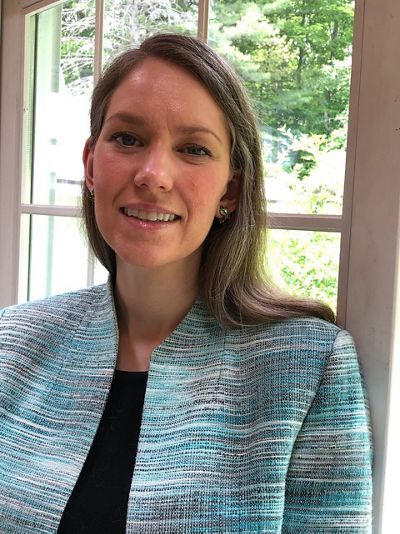
New Research Directions
Catherine Machalaba Leading New Planetary & Human Health Initiative
Our work on planetary and human health took a big step forward in 2024 with the new Senator Bill and Tracy Frist Initiative for Planetary and Human Health. Dr. Catherine Machalaba, a leader in bridging conservation and public health, joined TNC in fall 2024 to lead the emerging work made possible by the Frists’ generous $1 million donation. Catherine is passionate about understanding and communicating the links between biodiversity, climate and health to reduce risks and generate health benefits through conservation and climate action. Previously, as principal scientist for health and policy at EcoHealth Alliance, Catherine integrated health into protected area management, environmental impact assessments and One Health economics, especially in West Africa. She was a lead author of the World Bank’s One Health Operational Framework, supported the IUCN as a program officer for its Wildlife Health Specialist Group and currently serves on the One Health High-Level Expert Panel.
This new planetary and human health initiative will make nature’s contributions to people more visible, guiding conservation and climate interventions with tangible health benefits. To forge partnerships between the conservation and health community at local and global levels, assess the health impacts of our projects and conservation sites, and examine ways nature-based solutions can address disease risks, this initiative will support a global team of health and human dimensions scientists in medicine, social epidemiology, public health, anthropology and health economics.
By leading collaborations at the intersection of biodiversity, climate change and human health and well-being, TNC aims to be on the frontlines of solutions-oriented science that ensures a healthier planet and people.
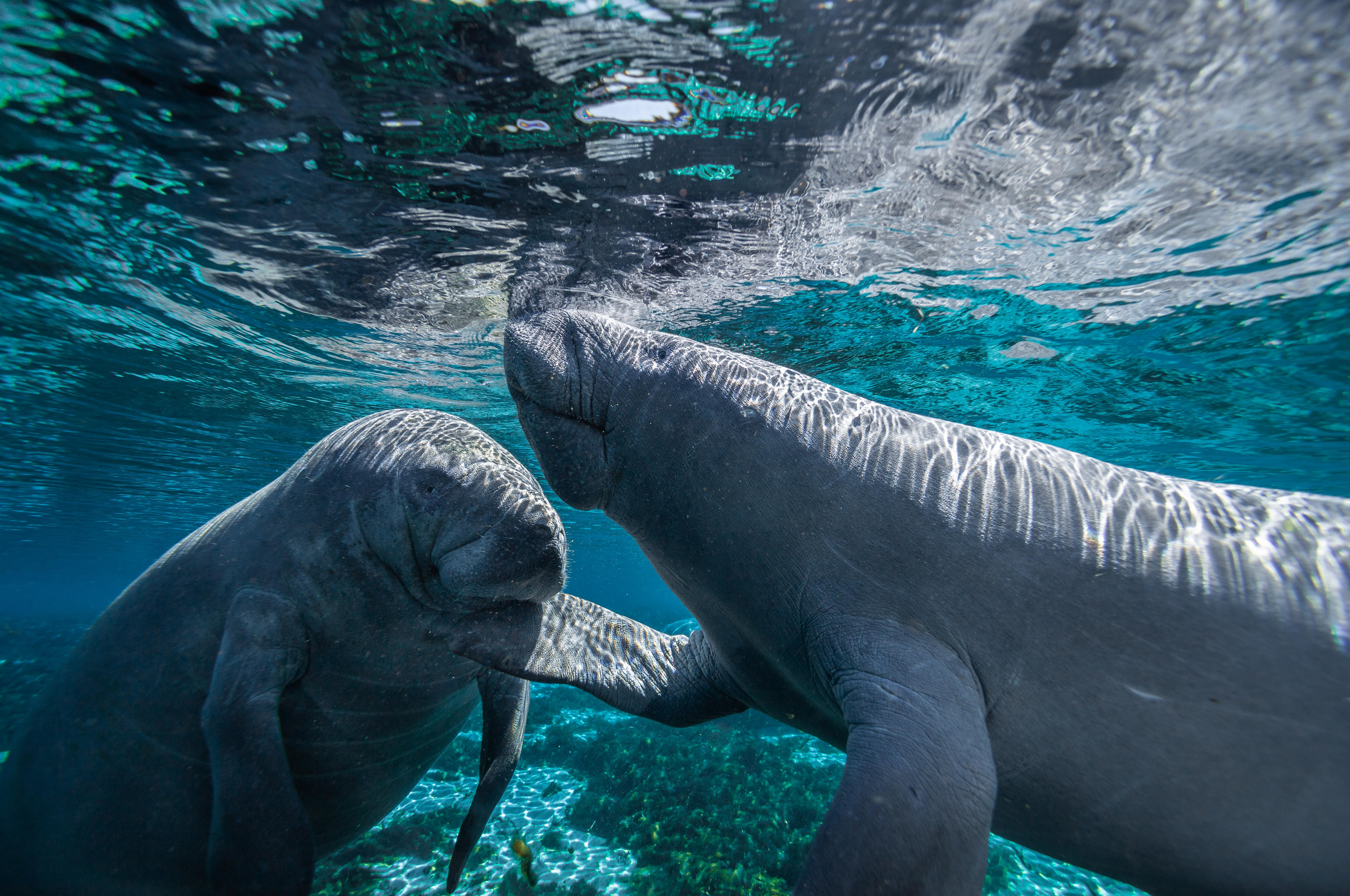
Conserving the World’s Fresh Water
Advancing Technology Improves Freshwater Protection & Management
Mapping groundwater-dependent ecosystems. Groundwater-dependent ecosystems are often hotspots for biodiversity—but many of their locations were still unknown. As climate change and water use are rapidly depleting groundwater around the world, it’s becoming increasingly crucial for scientists and policymakers to track impacts and implement protective policies and conservation measures.
A team led by TNC and the Desert Research Institute in Nevada created the first global map of groundwater-dependent ecosystems in drylands, identifying their locations, protections and overlap with communities. Using satellite imagery and 30,000 confirmed data points, the team trained a computer model to identify sources as small as a swimming pool—a crucial step, as these small sources are often the most critical to people, plants and wildlife.
Improving stormwater management. Stormwater pollution is a major threat to water quality, and TNC’s Brightstorm Program is tackling the issue using innovative technology. Expanding on the concept of “smart” stormwater ponds, Brightstorm is pioneering a first-of-its-kind Smart Watershed Network Management system that leverages artificial intelligence (AI) and machine learning (ML).
The project develops open-source software that uses AI/ML to better predict pollution transport, hydraulics and hydrology under different weather conditions, including future climate impacts. The system networks a series of smart ponds, enabling them to share real-time data and continuously optimize performance for better climate resilience.
Brightstorm is helping public officials make smarter, more cost-effective infrastructure investments, with an initial focus on Florida’s Indian River Lagoon—one of North America’s most biodiverse estuaries. Working with both private and government partners, the program is already improving water quality and downstream habitat and, long term, could be integrated into watershed planning across the U.S. and beyond.
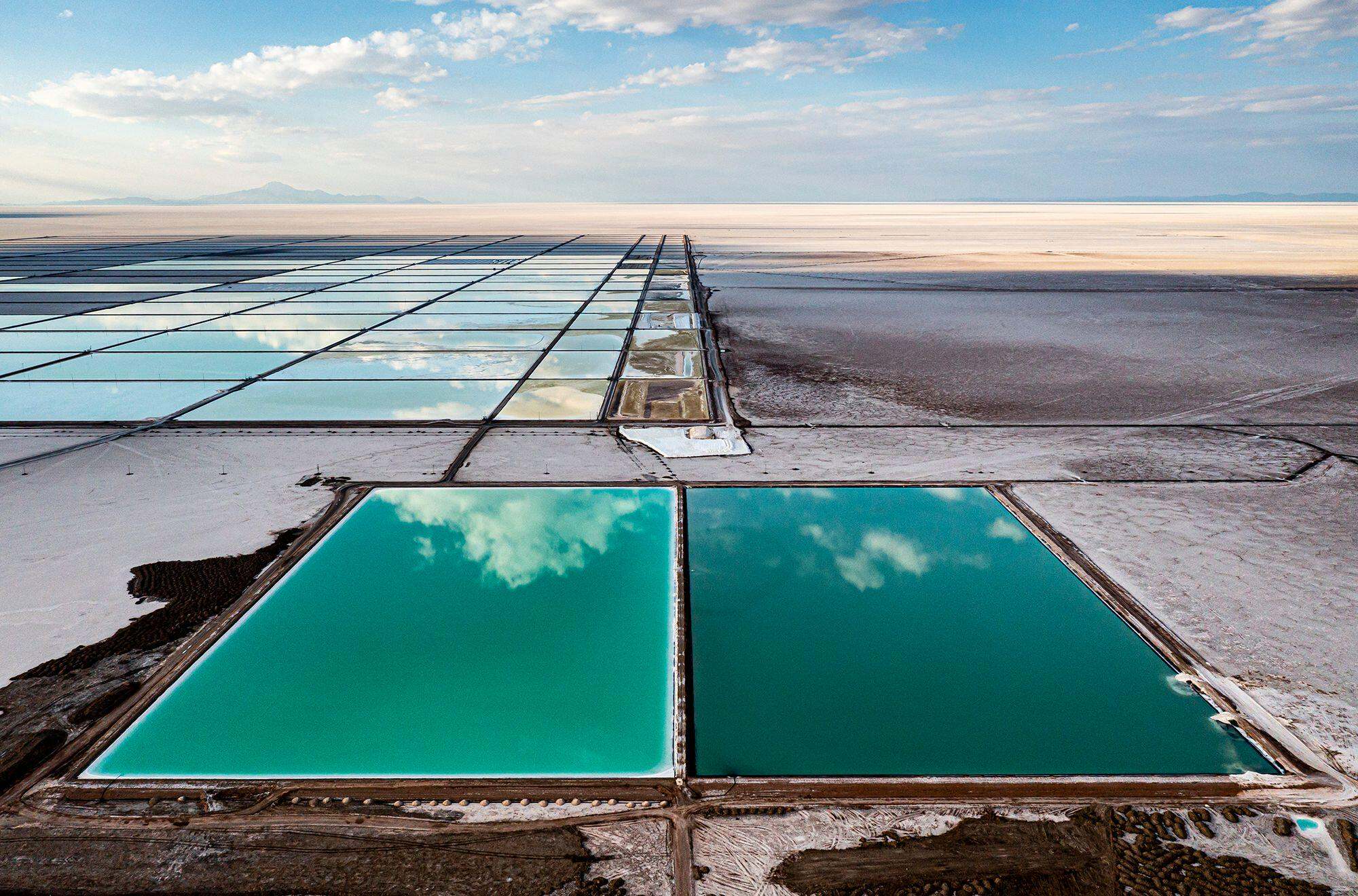
Saving Healthy Lands
Safeguarding Land While Advancing the Transition to Clean Energy
As the world shifts to clean energy, innovative solutions are emerging to meet energy demand while protecting nature and communities. The urgency of climate change and environmental degradation makes it critical to harness renewable energy in ways that support biodiversity and human well-being.
A 2024 report, Mining the Sun, highlights the potential of building clean energy projects on abandoned mines, landfills and other brownfields or industrialized lands in the U.S. These sites offer multiple benefits, including generating new revenue streams for local communities, supporting the clean energy transition and reducing environmental pressure on undisturbed lands. The report provides policymakers with a concise guide, including resources and recommendations, to make it faster, cheaper and less risky to develop projects on these sites.
Policy also plays a crucial role in advancing responsible siting and design decisions. In collaboration with SolarPower Europe, TNC released a landmark policy paper advocating for EU incentives that reward nature-inclusive solar projects. The report emphasizes the advantages of integrating conservation into solar design and offers recommendations to scale up these initiatives, including case studies showcasing how solar parks can enhance biodiversity.
At the same time, the clean energy transition is raising concerns over the environmental impacts of lithium mining. A new TNC study, based on previous collaborative research across nine U.S. states, evaluated these risks by overlaying 72 proposed lithium extraction sites on conservation datasets. The findings reveal significant differences in potential environmental impact, highlighting the need for a “smart from the start” approach that prioritizes extraction at the lowest-impact sites.
By prioritizing underutilized lands, integrating conservation into clean energy projects and adopting strategic, environmentally conscious resource extraction, we can accelerate the transition to clean energy while safeguarding nature and communities.

Working Alongside Local Leaders
Enhancing Conservation with Ethical Research and Local Ecological Knowledge
For effective conservation and restoration, it’s essential to engage with knowledge held by Indigenous Peoples and traditional communities. Traditional ecological knowledge (TEK) and local ecological knowledge (LEK) provide critical insights into local ecological and social context. LEK, gained through extensive personal observation of and interaction with local ecosystems, often yields new insights that enhance long-term outcomes. Conservation efforts are increasingly focusing on rights and equity as well, with the Global Biodiversity Framework recognizing the important role that Indigenous Peoples and traditional communities play in conservation more than any previous international framework.
Ethical, participatory research involving Indigenous Peoples and traditional communities requires skills not traditionally taught in Western conservation science programs. As scientists and practitioners increasingly co-produce knowledge with Indigenous Peoples, clear guidance and information on best practices is essential. A new paper by researchers working with Indigenous Peoples and traditional communities explores three key themes in conservation research involving these communities: participation across different stages of research; data collection methods and their strengths and limitations; and ethical considerations related to Indigenous Peoples and traditional communities' participation. They outline 14 core principles to help integrate equity into conservation research.
Similarly, TNC and The Global Mangrove Alliance released Including Local Ecological Knowledge in Mangrove Conservation & Restoration, a guide to help mangrove researchers and practitioners incorporate LEK into their projects. It highlights the value of LEK alongside existing ecological, economic and social science data and includes more than 20 case studies and best practices from around the world. In Kenya, a mangrove restoration project sought to protect 1) fisheries critical to local communities by restoring degraded areas and 2) sustainable alternative livelihoods. The team combined local and technical scientific knowledge to plan and implement the project. Integrating Indigenous knowledge with Western science before planting improved survival rates to approximately 95%. Additionally, women from the community now generate income by selling seedlings to the project—yet another win.

New Research Directions
Miguel Sioui Leading New Indigenous Sciences Program
TNC is committed to elevating diverse expertise, knowledge and ways of knowing. To that end, Dr. Miguel Sioui joined TNC as the global director of Indigenous sciences in late 2024. In this groundbreaking new position, Miguel will develop, lead and promote scientific research grounded in Indigenous frameworks—such as Two-Eyed Seeing—while amplifying Indigenous and local knowledge systems and methodologies.
With 15 years of community-based work with Indigenous communities in the Yucatan, the Canadian Subarctic and the Sami territories in Northern Finland, Miguel is a passionate Indigenous land and water stewardship researcher dedicated to weaving Indigenous knowledge systems with Western scientific approaches. His work highlights Indigenous stewardship practices and their critical role as stewards of the land since time immemorial.
Through his work, Miguel seeks to elevate Indigenous voices in environmental governance, ensuring that their knowledge systems are not only preserved but also actively shape the future of environmental policy and practice.
Miguel shares that: “Joining TNC at this moment feels like a natural progression of my journey, and TNC’s commitment to integrating Indigenous knowledge systems into environmental conservation aligns perfectly with my vision. I’m excited to contribute to a global platform that values and uplifts the wisdom of Indigenous communities, ensuring that their voices are heard and respected in the global policy arena.”
One Conservancy Science Impact Spotlight
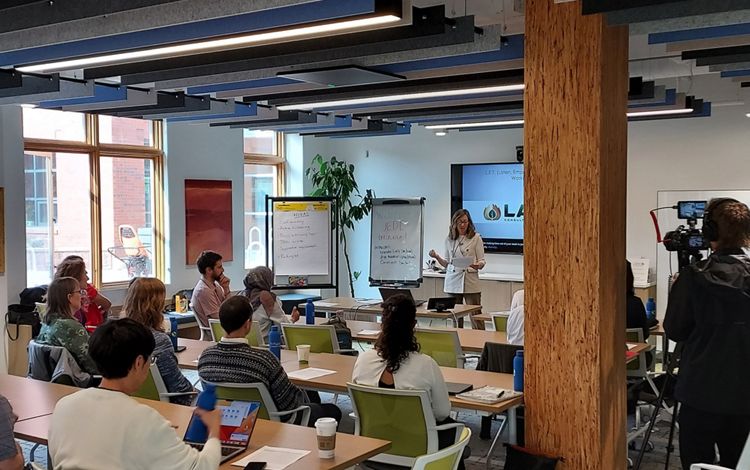
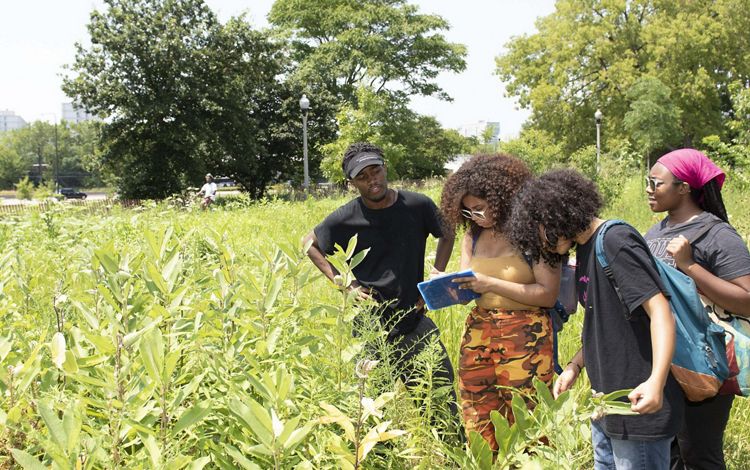



Media and Social Media Highlights






